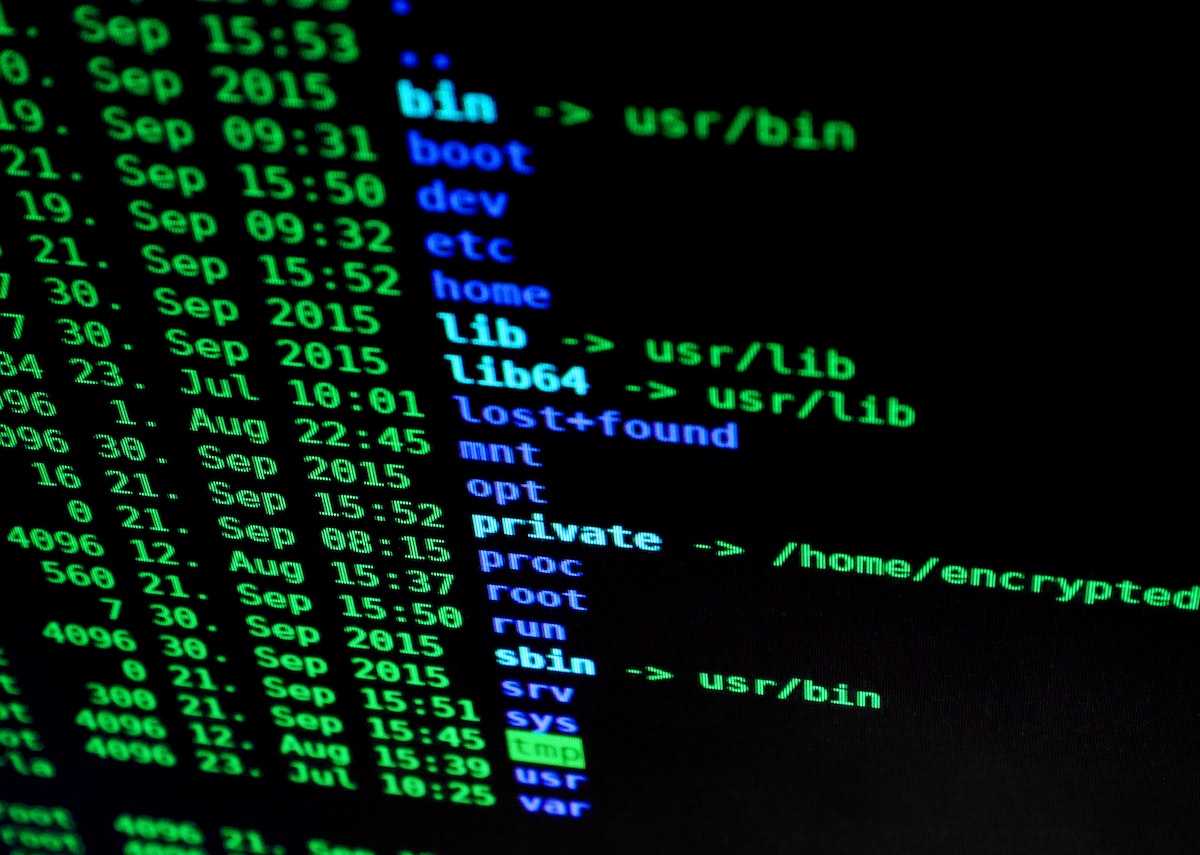Role Of VDI Solutions In Leading The Remote Workforce
Share

With the COVID-19 pandemic impacting various sectors of life, flexible options in computing have become the need of the hour. Remote working models are treated as the new normal and organizations are obligated to make changes to their IT operations to support a remote workforce for an indefinite future. The scenario demands taking a closer look at virtual desktop infrastructure solutions to simplify the ways in which they grant access to a secure network to the users that are working outside physical offices.
Virtual Desktop That Is Currently In Trend
The increasing popularity of VDI is attributed to a number of benefits that technology offers. They include hardware savings, improved workflow, a single sign-on that enhances user experience, and the support offered to BYOD programs.
Although VDI has contributed to saving the administrative and support time of IT teams in setting up remote working, the technology addresses some challenges. Although virtualization led to savings over time, the initial implementation was a quite complex process requiring expensive backend infrastructure. Weak network connections had a significant adverse impact on the user experience. Investing in VDI software had some licensing challenges and was a bit complex.
As a result, the VDI technologies of the initial periods weren’t that successful in attaining their projected market potential. But VDI is currently experiencing an increase in demand, as organizations are looking for highly flexible and cost-effective ways to deploy highly available services to remote users.
The Combination Of Edge Computing And HCI To Transform VDI
Edge computing used in combination with hyper-converged infrastructure (HCI) has led to many transformations. The pairing offers operational efficiency and scalability that the organizations of the present require to offer services to a large group of remote users. When the number of remote users keeps increasing, remote HCI nodes are added to already deployed systems. If the demand for remote services drops, the nodes can be easily rolled back.
Offering HCI and Edge-powered VDI solution proves to be an option of high practicability for small IT teams that are obligated to support a large number of users for the long term. Except for a few hours of training, these technologies do not really require any specialist knowledge. When used in combination, the technologies can automate and simplify many day-to-day tasks of the IT teams by streamlining and centralizing administration.
The solution is designed to be managed from a central interface and the IT staff can manage storage, computing, and networking as required from a central console. Hence managing backups and software and virus updates remotely for each user becomes easy.
Incorporating Edge computing systems to VDI solutions grants the IT teams new integrated and automated disaster recovery (DR) capabilities including file-level recovery, replication, and snapshot scheduling. Additionally, IT teams can send snapshots of individual desktop profiles and full network backups to a remote data center or cloud repository to strengthen the enterprise BAU strategies. At times of unexpected failure at a terminal or work access point, users can move to some other machine and log back in.
VDI technologies had some latency and bottleneck performance issues. Edge computing facilitated the elimination of these issues. Now it is easier for IT teams to manage the increasing desktop workloads, all the while meeting the desktop experience expectations of today’s users.
Addressing The Needs Of The Remote Workforce
Security and efficiency are important concerns when it comes to providing remote work options to enterprise users. HCI Edge computing has changed VDI for the better by making its deployment easy and cost-effective. The technology is easy to be managed, scaled out, and increasing the security at the edge is still possible. HCI-powered VDI solutions of today are offering an affordable yet highly secure way of deploying the predictable and secure performance that today’s workers require in the upcoming days.
Many organizations that have already implemented the modern VDI solutions found it easier to support their remote workforce when the governments were forced to implement lockdowns in response to the COVID-19 spread. Hence they could immediately respond to the urgent need to connect the remote workforce to their corporate workstations and meet the enterprise demands.
Modern VDI solutions help IT teams to ensure the security of the extended enterprise, while boosting workforce agility.
HCI and Edge-enabled solutions are ideal for users without a VPN connection and they can cut through the complexity and cost, thereby enabling businesses of all types to enjoy the full benefits of VDI technology.




